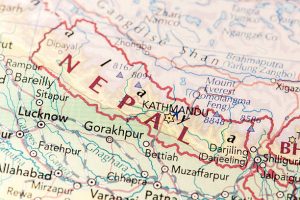Soil is one of the most crucial components of the environment. Scientists and geographers use various tools and techniques to study and analyze the soil. Cartographers and agriculturists rely on soil maps as the primary source of soil-related information. Thus, a soil map is a geographical visualization that shows the diversity of soil types. In the digital era, soil maps are useful in various fields. Below are some of the typical applications of soil maps in our day-to-day lives.
1. Land evaluation
Land evaluation is a pre-initial process in almost all agricultural fields. Land evaluation involves analyzing and getting a deeper understanding of the land in question. One of the tools used in the land evaluation process is Soil Maps. These maps capture all details of a given land, which can ease the process of evaluating land.
2. Environmental protection
Soil maps are key tools in upholding the protection of the environment. A soil map is the home of soil details. Therefore, when monitoring environmental progress, soil maps provide environmentalists with soil-related information. The collected information helps in tracking and monitoring changes in the environment.
3. Spatial planning
Soil maps have vast applications in the construction field. During the initial stages of construction, these maps are used to survey the topography of the land in question and the condition of the soil. In addition, soil maps analyze soil conditions and the type of soil favorable for construction purposes.
4. Agricultural Forecasting
Agriculture work hand-in-hand with soil mapping. This soil mapping technique helps analyze the land’s fertility and conditions. Farmers and other agriculturists rely on soil maps when deciding the best agricultural practices areas. As a bonus, we can use soil maps to forecast farm yields. When used in this context, soil mapping knowledge is beneficial in analyzing the fertility nature of the different soils. The fertility report generated from soil maps forecasts the farm yields of the soil in question.
5. Documentation
During land documentation, soil maps serve the largest purpose. These maps help make Atlases and other soil-related documentaries. Besides that, in cartography, cadastral maps are helpful in mapmaking.
6. Locating Fertile soils
Soil maps ease the process of locating fertile lands. Today, you do not have to field while examining the soil and its nature. Researchers and cartographers use soil maps to analyze soil fertility in different regions.
7. Assessing Risks
During heavy rains and natural calamities, like landslides, the condition of the soil is affected. A soil map is used to assess and monitor the effects of the risk to the soil.
8. Determination of gradient
The gradient of the ground plays a vital role in supporting civil engineering works. To determine the slope of the land, civil engineers use Soil maps to check the elevation of two points in the area of interest. In addition, these maps are essential in analyzing the parts of the land that support civil engineering works.





